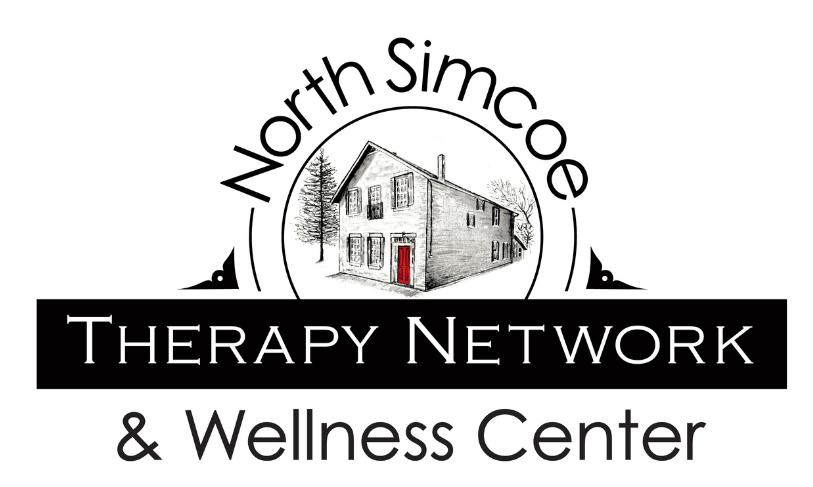A Good Fit
A good fit between you and the therapist is often more important than the type of therapy and techniques used. Many studies show it’s the biggest predictor of success.
So what does a good fit look like? It usually involves mutual respect, support, and trust.
- Mutual respect— The therapist respects your right to make your own decisions in therapy; and you think positively about the therapist’s knowledge.
- Support— You can sense the support of the therapist and you work towards your goals as a team.
- Trust— You feel safe knowing your conversations are bound by rules of confidentiality and that any feedback you get will be appropriate and nonjudgmental.
These are some of the critical ingredients that you can be looking for in a positive therapeutic alliance—also known as “a good fit”. Even when life feels rocky, therapy may help you find smoother moments both in the therapy space, and outside it.
Reference:
Young, M. (2013). Learning the art of helping: Building blocks and techniques. (5th ed.). Pearson.


